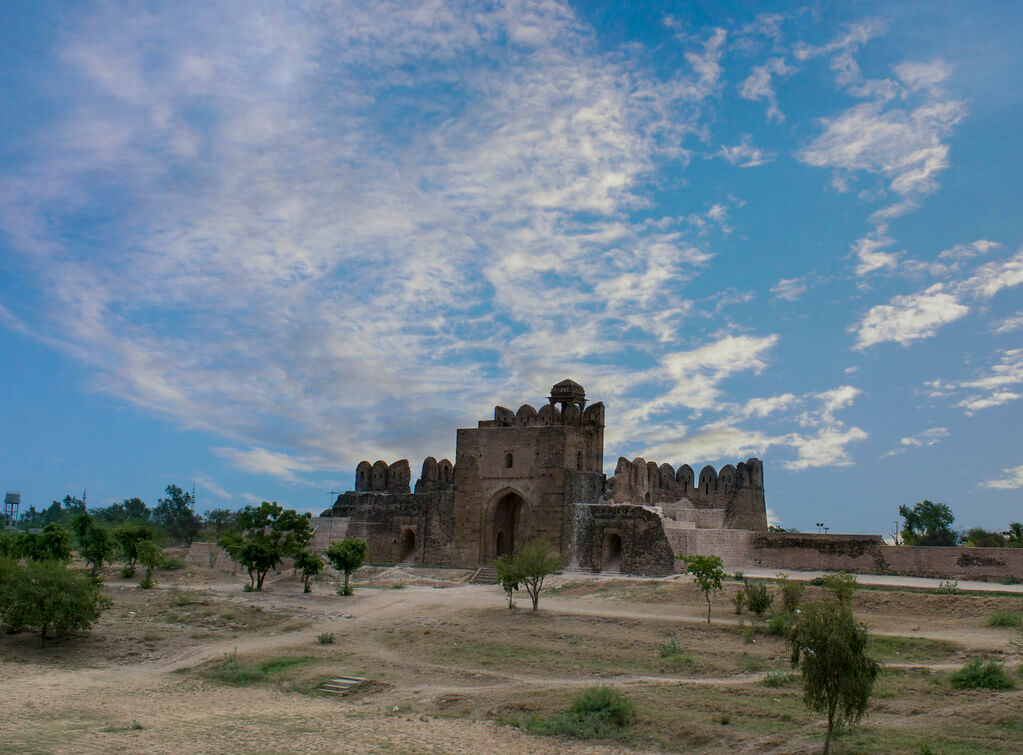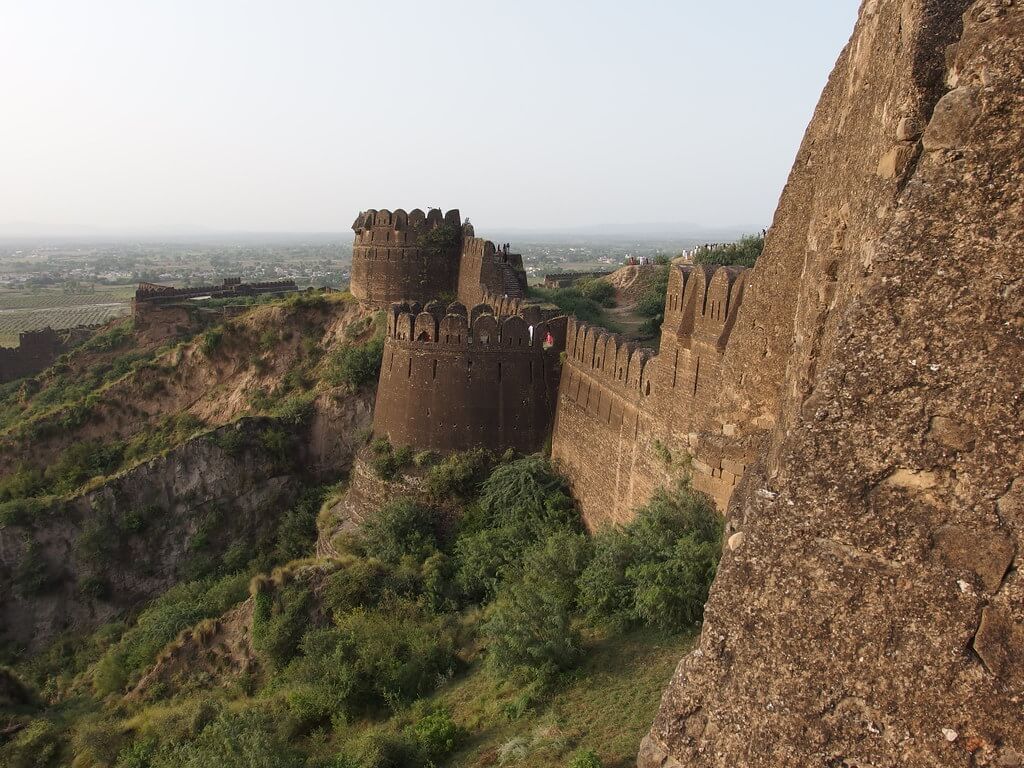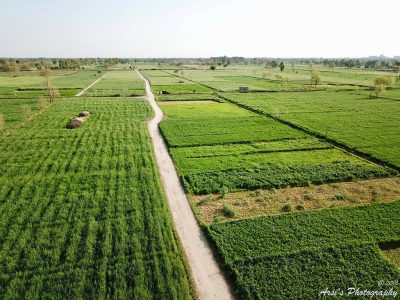Rohtas Fort Tour
If you are in Islamabad for a few days and are interested in culture, history, and legacy, the Rohtas Fort Tour is a fantastic alternative. The Rohtas Fort dates back to the 16th century, during the reign of Mughal Emperor Sher Shah Suri. Following Sher Shah's triumph against the Mughal Empire, the construction of the fort began in 1541 as a strategic response to consolidate authority and maintain control over the region. The massive fortification was built to be a military stronghold, a garrison for troops, and a reminder of Suri's authority.
Itinerary
The Itinerary for the Rohtas Fort Tour is noticeable below
Holiday Overview
Rohtas Fort is a testimony to its era's architectural prowess. The design of the fort combines military functionality with artistic elegance. The massive stone and lime walls stretch for 4 kilometres and contain a wide expanse of open courtyards, gates, bastions, and complicated buildings. The famous Sohail Gate, which is embellished with calligraphy and elaborate carvings, is a hallmark of the fort's aesthetic magnificence.
Rohtas Fort has evolved from a military stronghold to a compelling tourist attraction in recent years. Its historical significance, architectural splendour, and setting among stunning landscapes have drawn visitors looking for a glimpse into the past. The inclusion of the fort as a UNESCO World Heritage Site in 1997 cemented its standing as a cultural treasure.
A visit to Rohtas Fort is an intense historical adventure. The well-preserved monuments, such as the Haveli Man Singh, Rani Mahal, and towering baolis (step wells), provide insights into the era's life and culture. The fort's placement along the ancient Grand Trunk Road, which functioned as a vital route between northern and central India, contributes to its historical significance.
The significance of Rohtas Fort goes beyond its architectural beauty. The location has become a destination for cultural festivals, exhibitions, and activities commemorating Pakistan's rich legacy. These events not only draw tourists, but they also serve as a platform for promoting local arts, crafts, and traditions.
Finally, the history of Rohtas Fort is a resounding narrative of power, architecture, and cultural growth. Its transformation from a strategic fortification to a cultural landmark demonstrates its continuing allure. The storied walls of Rohtas Fort encourage tourists and history buffs to traverse them, wallow in its architectural splendour, and connect with the echoes of civilizations that once stood strong within its embrace. It's a voyage through time, where the past lives on in every stone and archway, providing a look into Pakistan's rich heritage.



